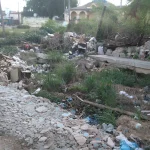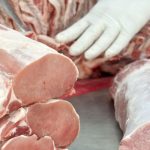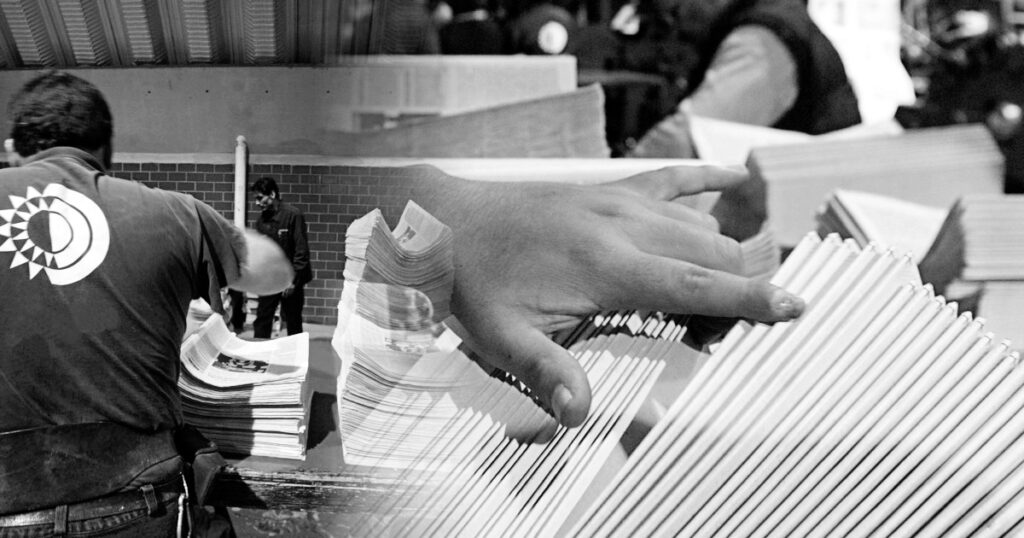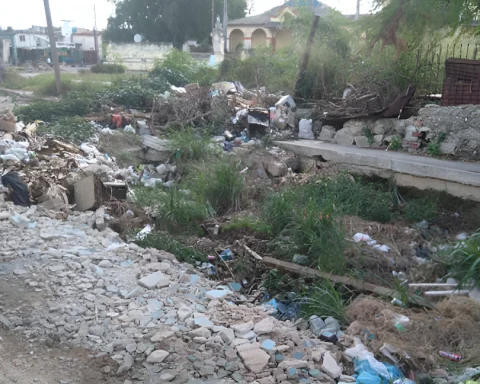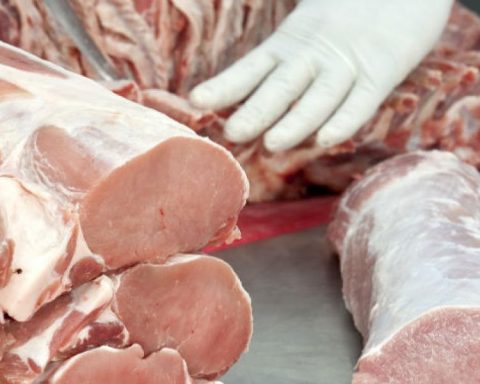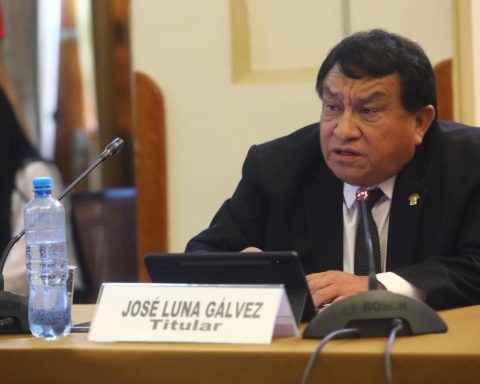The eternal “political war” that has persisted in Bolivia in recent decades has once again generated uncertainty with the conflicts in Santa Cruz, the largest region and engine of the country’s economic growth, which was barely recovering from a strike that lasted more than a month. and it is back on the streets due to the arrest of its governor, Luis Fernando Camacho.
Bolivia has had a reputation for “political instability” for years due to the high levels of conflict that have persisted for at least half a century, economic analyst Gonzalo Chávez told EFE.
According to Chávez, it is estimated that between 1970 and 2006 there were more than 14,000 strikes in the country, and many of the sectors mobilized in that period have been in government office since 2006, with the arrival of the Movement for Socialism (MAS) in power. , and today there are other groups that block.
«Bolivia is a country that has made the street a way of doing politics, (which) significantly damages the economy and that is why we have one of the economies with the greatest difficulty in generating development and not simply growth of one or another related sector. at a good price for raw materials,” he said.
This “historic blockade” sends very bad signals outside the country and that is why foreign direct investment is low, has rates of return that are too high, or loans are expensive, which “makes the economy difficult in the long term,” he explained.
The usual thing was that the conflicts developed in the west of the country, in La Paz, the seat of the Government and the national Parliament, or its neighbor El Alto, before which many industries that operated in these cities emigrated to the thriving Santa Cruz.
But now the conflict is in that eastern region, which between October and November completed a 36-day strike for the prompt completion of the population census and returned to protests since December 28 due to the arrest in a questionable police operation of its governor, the opposition Luis Fernando Camacho.
Roadblocks to prevent the shipment of food to the rest of the country and vigils to stop the operation of national state entities are some of the measures against the imprisonment of Camacho in a jail in the highlands of La Paz.
ECONOMIC BASTION
Concern over the conflict in Santa Cruz is not a minor thing, since that region accounts for 30% of the national gross domestic product (GDP) and generates 76% of the country’s agricultural production and 85% of agricultural exports, he commented to EFE the general manager of the private Bolivian Institute of Foreign Trade (IBCE), Gary Rodríguez.
It also “contributes 45% to the country’s agricultural GDP, by producing 16 million tons of food and exporting more than 3.5 million tons, exceeding 2,500 million dollars a year,” and produces 100% of the sorghum and sunflower , 99% of soybeans, 92% of sugar cane, 75% of wheat, 72% of rice, 66% of corn and 31% of vegetables, he explained.
It also concentrates 65% of livestock production, that is, chicken, eggs, milk and meat, and 100% of beef exports, so “if Santa Cruz goes badly, unfortunately, it will go badly for Bolivia,” Rodríguez warned.
Chávez mentioned that the Santa Cruz economy is the one that “has grown the most on average in the last 20 years,” exceeding the national average by up to 2 percentage points on some occasions.
In addition, the department registers a “boom” in construction due in part to the strong migration it receives every year from other regions, which boosted the horizontal growth of its regional capital and made it the most inhabited Bolivian region.
In Santa Cruz there is also part of gas exploration and it has an extremely large commercial financial sector, so “from various perspectives, Santa Cruz became the locomotive of development several years ago,” as Potosí or Potosí did at the time. La Paz, Chavez said.
CONFLICT SCENARIO
Faced with the protests in Santa Cruz and the warnings from pro-government groups to confront them, Chávez indicated that there is an “extremely complex and difficult political war that is sawing the floor of the economy,” at a time of “serious problems” that are not recent.
Problems such as a “huge” public deficit, declining international reserves and an external sector that, although it had an auspicious first semester in 2022, later reported declines in the prices of raw materials such as oil or minerals, to which the “energy trade deficit” reported by the country for the first time since it began to export natural gas is added, he said.
In this scenario of “enormous wear and tear”, the viability of the model promoted by the government will be complicated “structurally” due to the uncertainty generated by the conflict, Chávez opined.
For Rodríguez, the conflict in the “locomotive of national development” will weigh against economic growth “affecting the generation of formal employment” and the generation of foreign currency.
“Investors are driven by expectations and if the signals from the environment are not adequate, there could be a drop in investment” and if the constant land invasions in eastern Bolivia are added to this, food security and sovereignty are compromised, he added. . EFE









